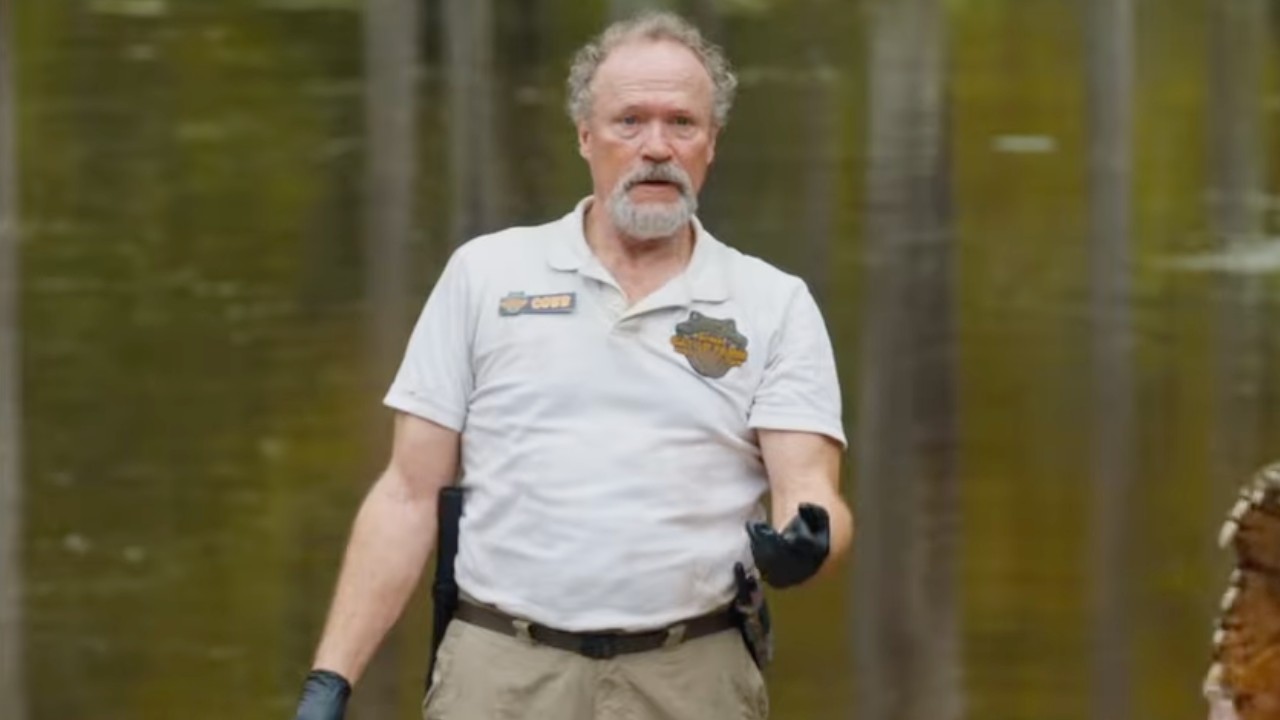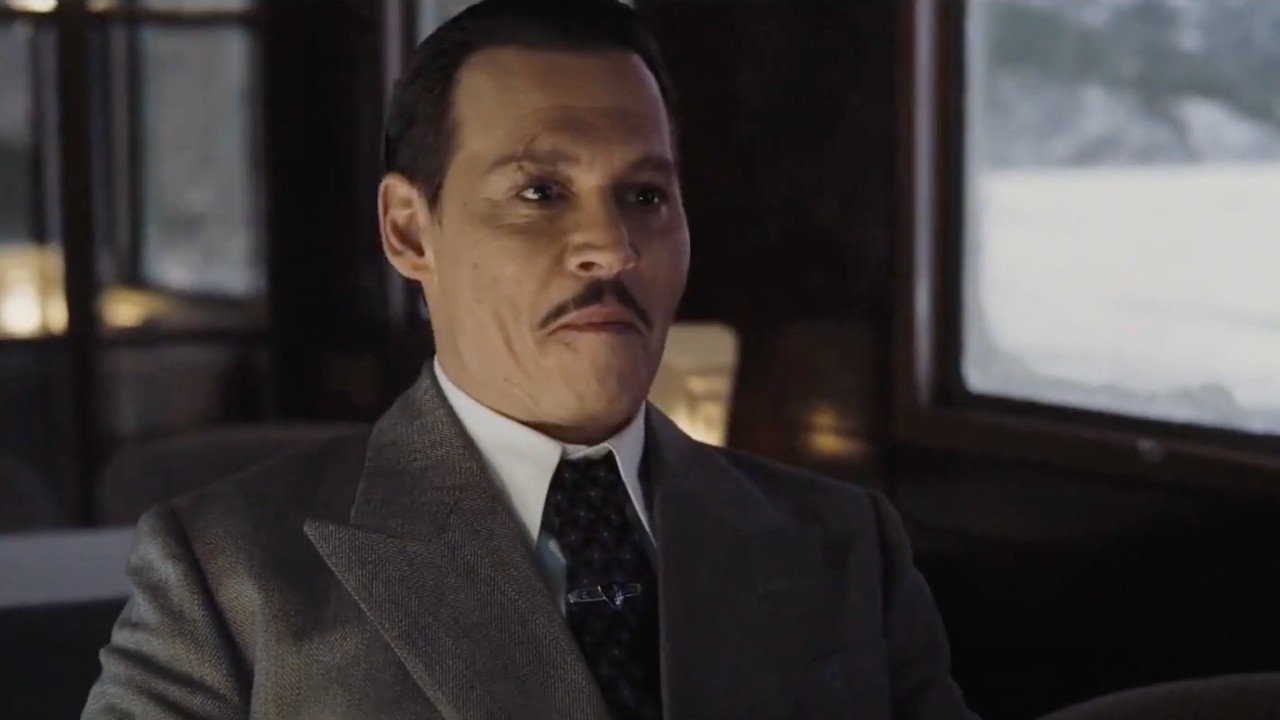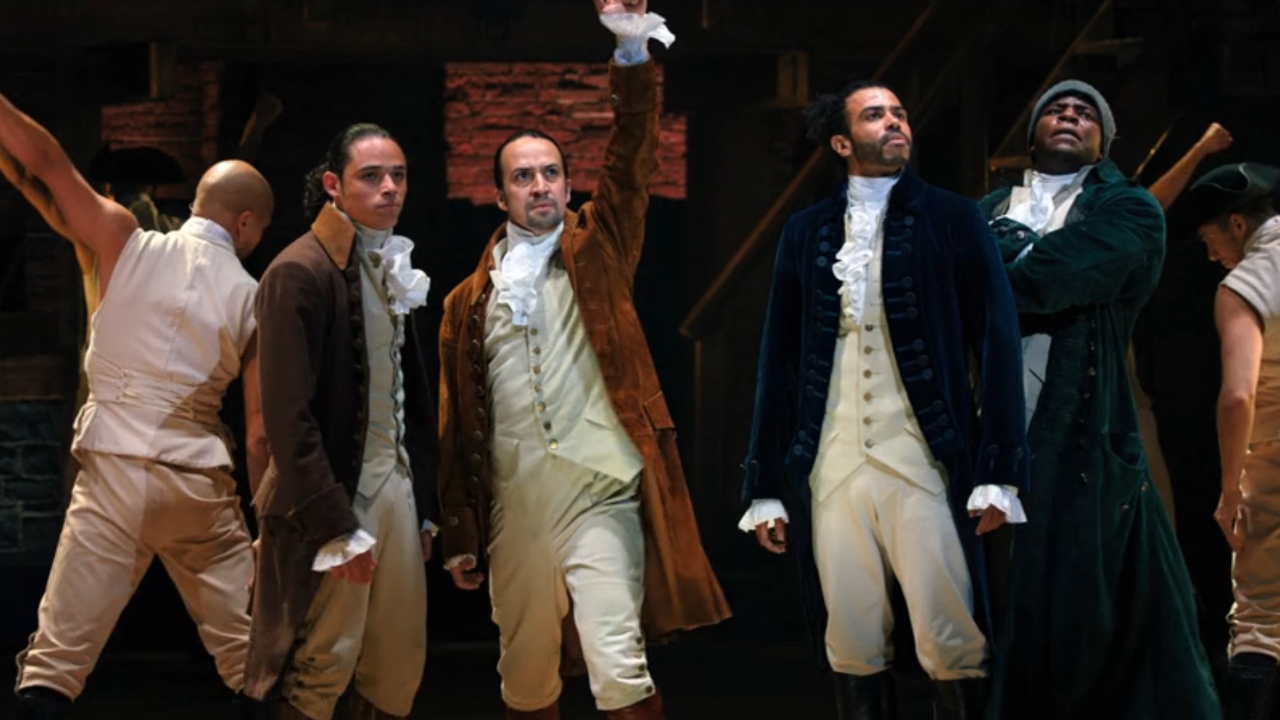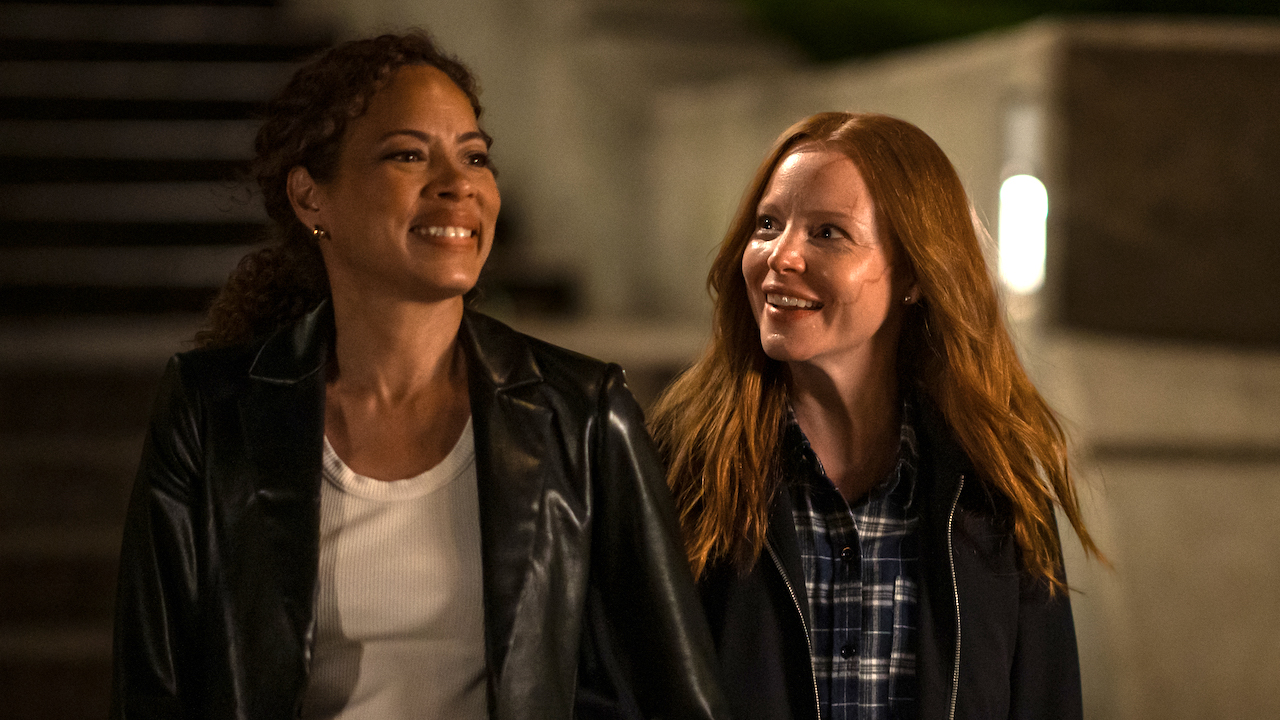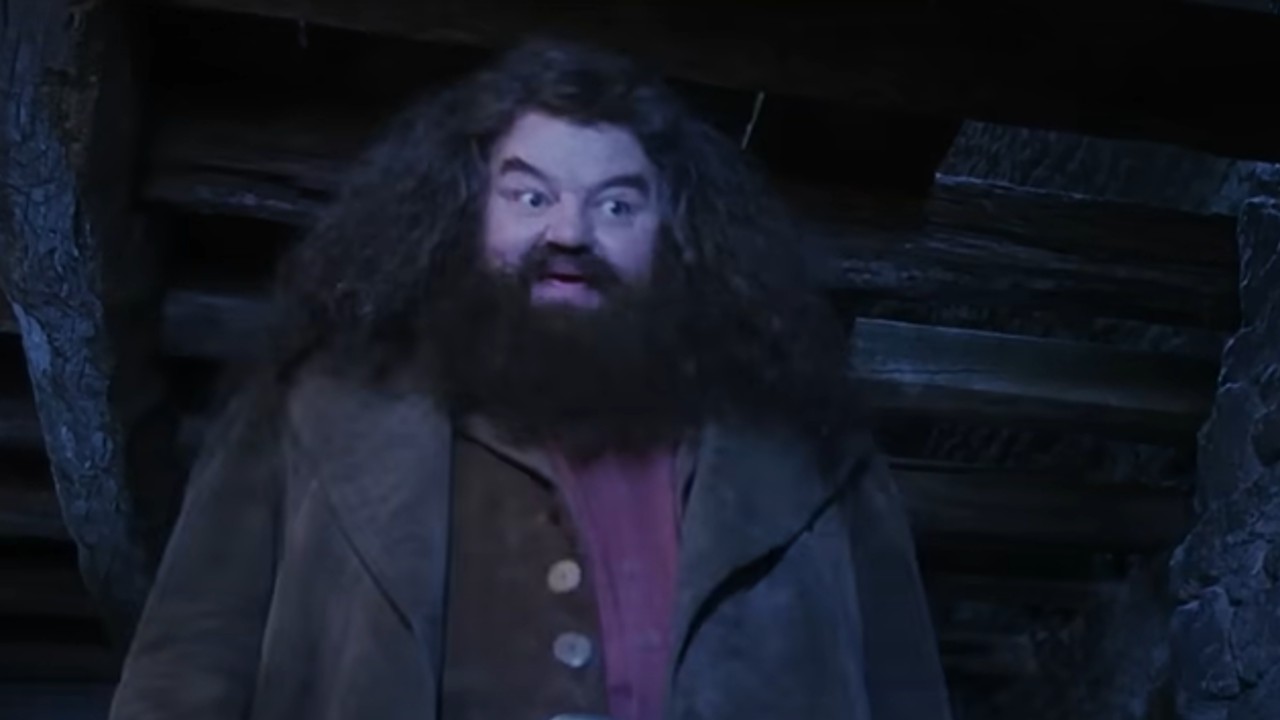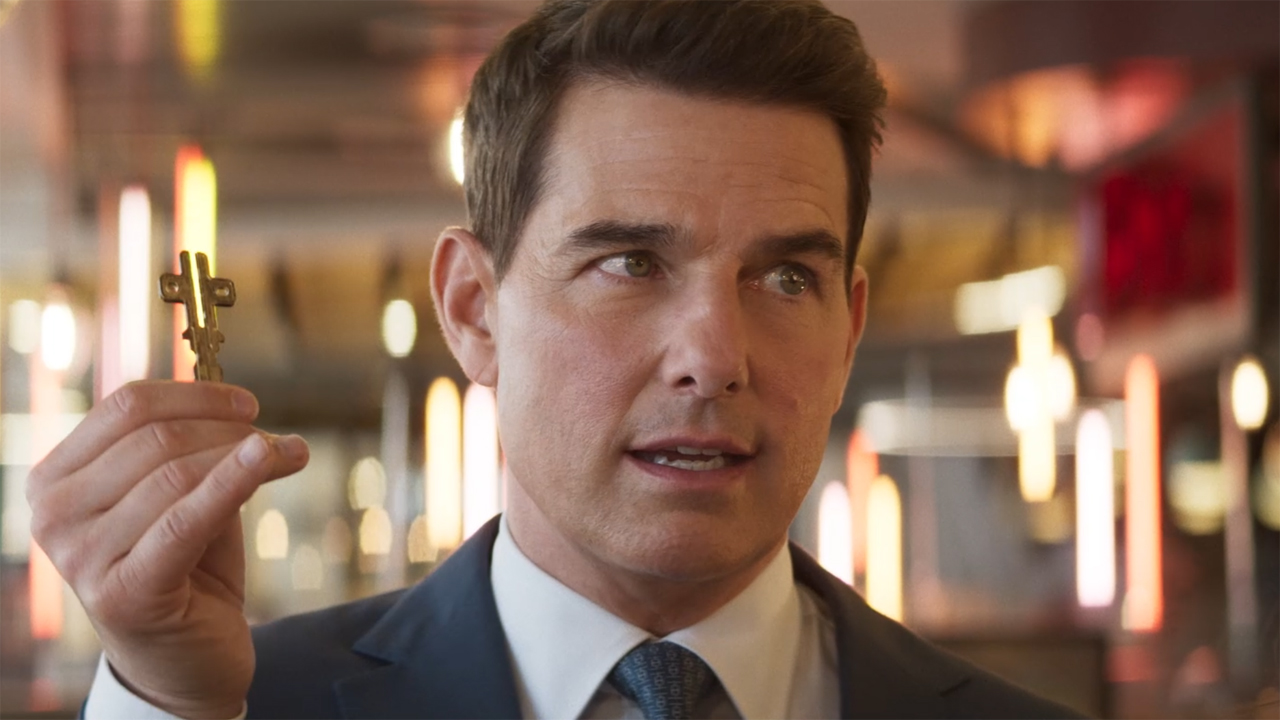Why Twister Was Given A Greenlight Without A Script
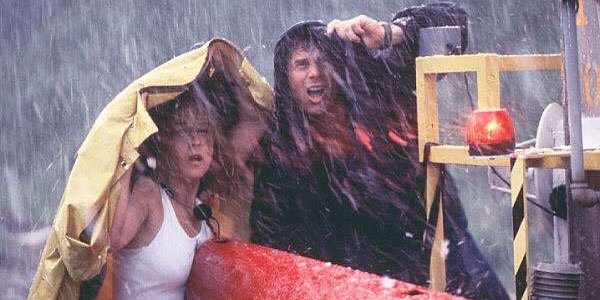
The 1996 disaster film Twister wasn't exactly the most complex of blockbusters, focusing in on the rather simple set-up of storm chasers vs. giant funnels made of swirling wind. As such, it might not surprise you to learn that the project got a green light from the folks at Warner Bros. without actually presenting a script first. Instead, all it took to convince the studio to make the movie was a tiny bit of test footage.
This interesting bit of trivia was recently revealed in a roundtable discussion that Wired recently did while profiling the visual effects wizards employed over at Industrial Light And Magic. While discussing a period in the mid-90s when blockbuster CGI was just starting to take over Hollywood, the subject briefly turned to director Jan de Bont's hit Twister, and it was noted that it was solely because of ILM's work that the movie was able to get up off of the ground. As producer Kathleen Kennedy explained,
ILM did a proof-of-concept shot for Twister. The minute we took that shot into the studio and they saw it, they said, 'Done. We want to make it.' We didn’t even have a script yet!
This seems like a pretty shaky way for a studio to do business, but when one looks at the box office results it's hard to blame the folks at Warner Bros. for their enthusiasm. Released in the early summer of 1996, Twister was an absolutely gigantic success - despite the fact that it carried a then-expensive $92 million budget. Not only did the film manage to ultimately make $494 million at the global box office, but it also wound up being the second biggest film of the year, behind only Roland Emmerich's Independence Day. When thinking about those numbers, it's honestly kind of amazing that WB never managed to produce a sequel, but that's probably for the best. There are plenty of disaster movies coming out nowadays anyway.
The Twister test footage was obviously a great demonstration of ILM's burgeoning abilities with CGI, but what's also interesting is where it sat in the company's timeline. In the roundtable, it's noted by VFX supervisor Ben Snow that ILM only had about 100 staffers when they were working on Jan de Bont's film as well as Brad Silberling's 1995 family movie Casper. By the time they were working on Rob Cohen's Dragonheart the team size doubled, and when they got to work on George Lucas' Star Wars Episode I: The Phantom Menace, the employee number reached 1,000. So while Twister may ultimately be a rather forgettable film in the history of the action movie genre, it does actually have a rather significant place in the history of one of the industry's most game-changing companies.
CINEMABLEND NEWSLETTER
Your Daily Blend of Entertainment News

Eric Eisenberg is the Assistant Managing Editor at CinemaBlend. After graduating Boston University and earning a bachelor’s degree in journalism, he took a part-time job as a staff writer for CinemaBlend, and after six months was offered the opportunity to move to Los Angeles and take on a newly created West Coast Editor position. Over a decade later, he's continuing to advance his interests and expertise. In addition to conducting filmmaker interviews and contributing to the news and feature content of the site, Eric also oversees the Movie Reviews section, writes the the weekend box office report (published Sundays), and is the site's resident Stephen King expert. He has two King-related columns.

